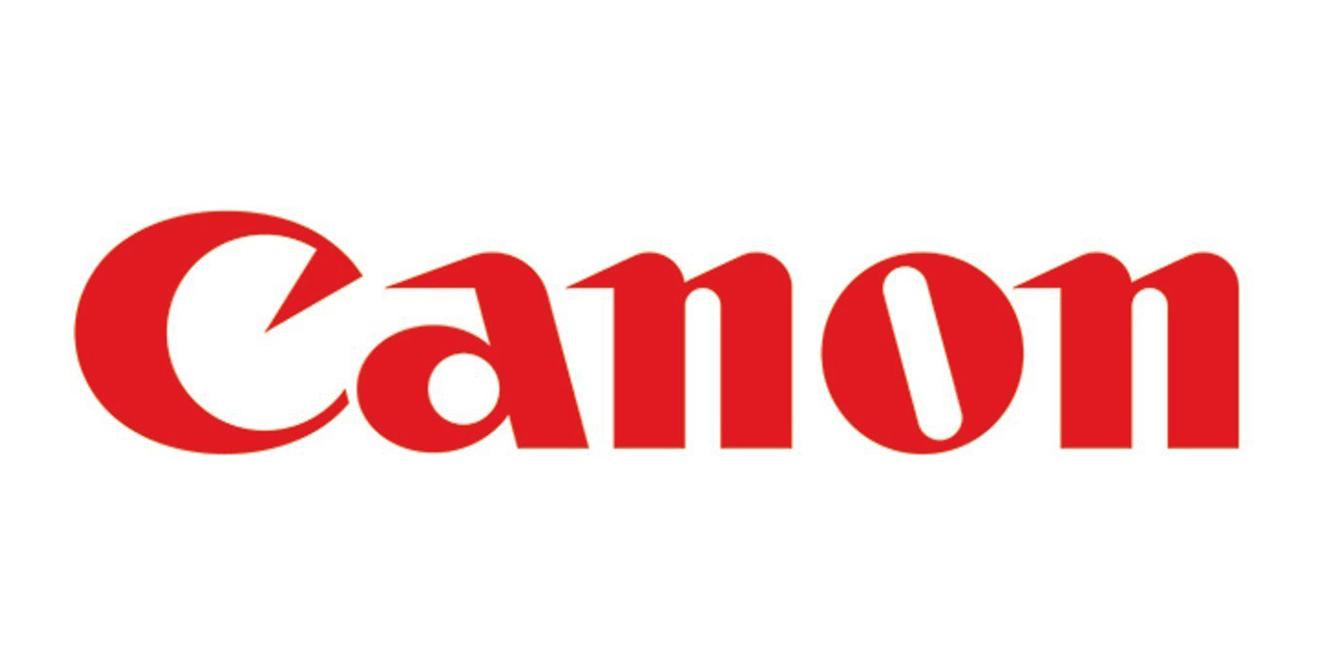 The gap between demands of business users and IT decision-makers must be addressed by vendors and Managed Print Service providers; sustainability tops print management concerns, according to Quocirca’s latest market insight study.
The gap between demands of business users and IT decision-makers must be addressed by vendors and Managed Print Service providers; sustainability tops print management concerns, according to Quocirca’s latest market insight study.
A significant gap is emerging between office workers and IT decision makers in their expectations of the future converged print and digital workplace, according to the findings of the second edition of Quocirca’s Print 2025 global market insight study.
The research, which builds on the first edition published in 2017, has been extended to include the perspective of office workers as well as re-visiting the views of IT decision makers. It reveals that while office workers are pushing an agenda of smart mobile working and digital collaboration, the majority of IT decision makers still envisage a print-reliant workplace to 2025 and are making investment decisions accordingly.
Accroding to Quocirca this suggests that an IT workforce tied to traditional technologies may be one of the main barriers hindering increased productivity in the digital workplace.
Key findings of the study include:
- 65 percent of IT decision makers believe paper will still be important to the workplace by 2025, compared to just 36 percent of office workers
- 62 percent of office workers rank investment in digital collaboration tools as a priority, compared to 45 percent of IT decision makers
- 58% believe print vendors must become a strategic partner to IT decision makers and lines-of-business
- 49 percent expect digitisation of paper-based processes to be very important to digital transformation initiatives by 2025, compared to 25 percent today
- Reducing environmental impact is now the top challenge associated with the print environment
Commenting on the findings, Louella Fernandes, Director at Quocirca said: “The print industry is at a critical point where it must build momentum around ‘as-a-service’ IT-centric offerings. However, identifying what customers need will prove difficult given the significant disconnection in priorities between those who use print technologies and those who specify and purchase them. This creates a satisfaction gap where office workers don’t get the productivity tools they want, and IT decision makers see their investments failing to have the positive impact they anticipate.
“Print vendors need to become strategic partners working with IT decision makers to identify what business units really need, offering services that satisfy those requirements, while also responding to the security and control requirements of IT decision-makers. Failure to do this will see print vendors continue losing influence with both IT decision-makers and lines-of-business at the crucial point where digital transformation focus is turning towards digitising paper-based processes.”
The research also found that sustainability has leapt up the corporate agenda. 83 percent of respondents expect sustainability to be highly important to their business by 2025, while 52 percent of IT decision makers state that lowering environmental impact is the number one print management challenge they face, outweighing cost reduction and security. By contrast, in 2017 reducing environmental impact was in 7th place in the list of print challenges.
57 percent of respondents expect suppliers to adopt a leading position on sustainability by 2025, while one fifth have sustainability projects in the pipeline for the coming 12 months.
Analysing the increase in sustainability concern, Louella Fernandes noted: “The sustainability drive is focused on initiatives that will deliver the measurable results customers, employees and investors want to see. Print vendors need to quantify the environmental improvements that their services deliver and work in partnership to help businesses reduce their impact. The planned investments in environmental projects represent an opportunity for those print vendors who can deliver the right sustainability messages, backed up with evidence.”
Quocirca’s research found organisations expect 66 percent of their workforce will be mobile by 2025, up from 49 percent today. This shows acceleration from 2017, when 36 percent were already mobile and it was anticipated 56 percent would be mobile by 2025. Mobile working was viewed by respondents as one of the key factors that will reduce print volumes between now and 2025, alongside greater use of collaboration tools and document capture and workflow solutions.
More organisations are taking advantage of cloud-based print management, with 73 percent expecting to increase usage by 2025. A quarter of respondents felt that print vendors should be investing in cloud printing to increase their relevance to the workplace. Unsurprisingly, security services and solutions topped the list of areas for vendor investment (30 percent), followed by print-to-digital integration platforms (28 percent) and energy monitoring (27 percent).
Louella Fernandes concluded: “The path to print and digital convergence is growing more complex and less linear, especially when increased environmental concern is added to the mix. The transition from the printed page in the context of broader digital transformation offers diverse options for businesses and this is creating tension between IT decision makers and lines-of-business.
“To succeed in this market, vendors must develop deeply strategic relationships with customers to unpick their needs and devise a route to achieving them.”
The full market insight study offers in-depth insight and analysis of the state of print and digital convergence and the views of key stakeholders. To download an executive summary of Quocirca’s Print 2025 market insight study including key findings, infographic and commentary, please visit https://www.print2025.com/reports/print-2025-digital-reinvention/.




















